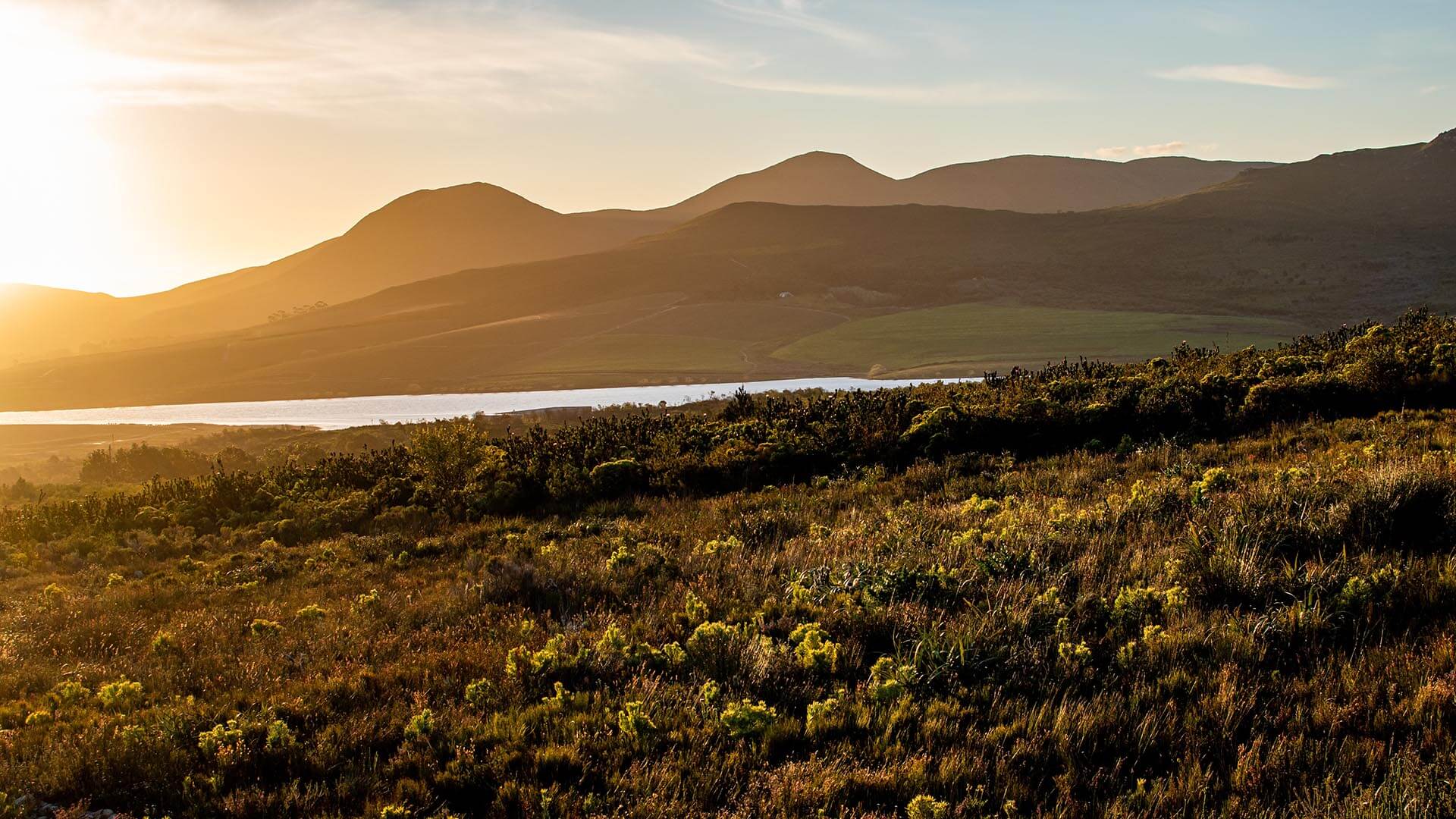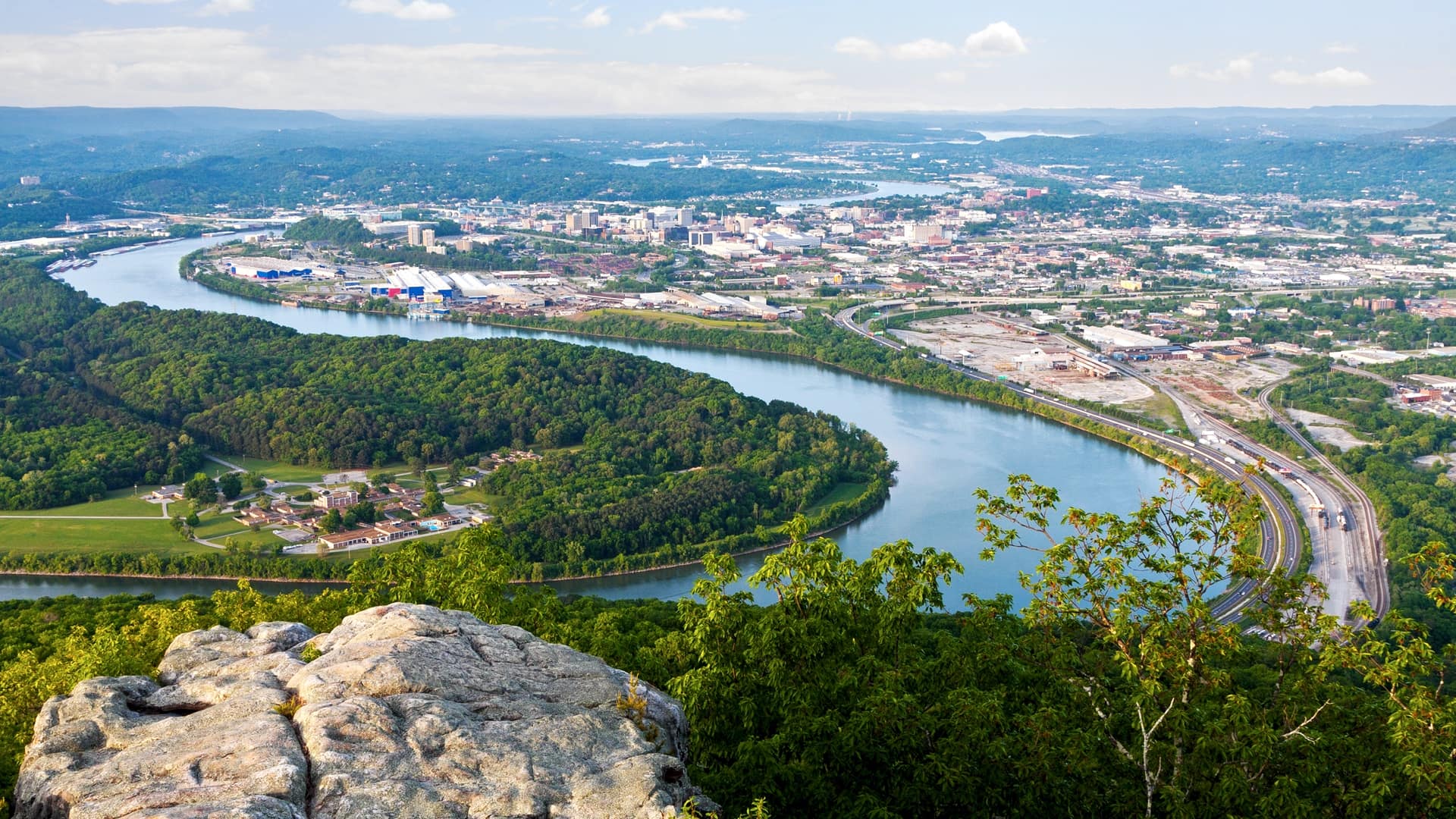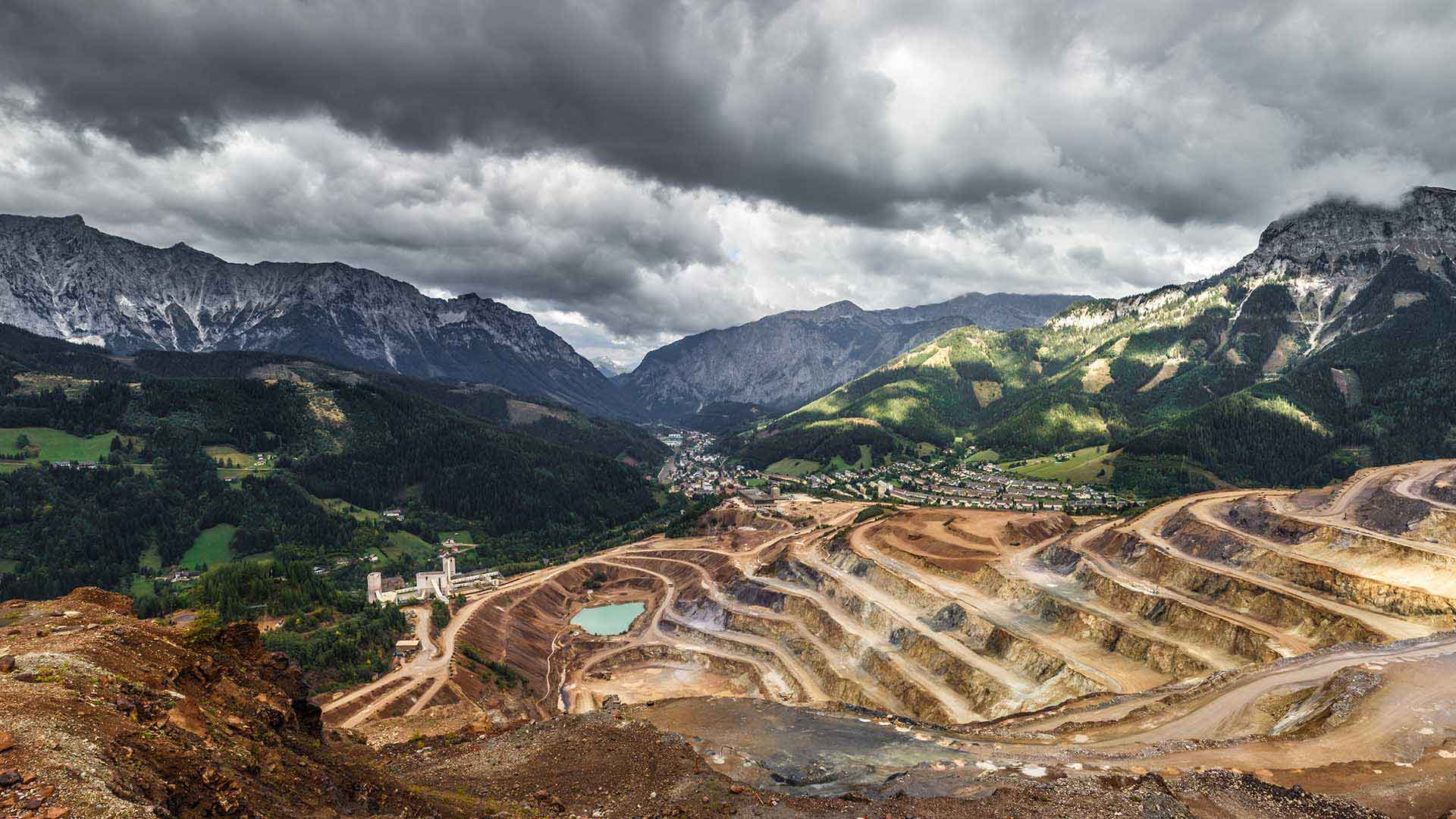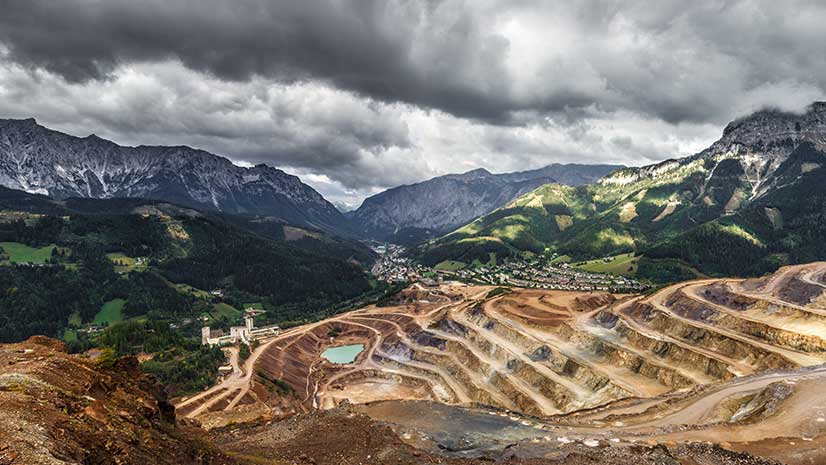Only a few years ago, the word biodiversity would have sounded out of place in most boardrooms. Now, corporate executives are getting acquainted with the concept—and its long-term impacts on their business.
In some cases, they’re waking up to warning signs. Upwards of 40 percent of the earth’s surface is now considered degraded, according to the UN, and 1 million species are threatened with extinction. Businesses that use natural resources in their products—whether that’s lithium for car batteries, leather in apparel and consumer goods, or natural gas to heat homes—are on notice.
Others are warming to new business opportunities—like carbon sequestration and revenue from carbon credits—hidden in healthy, biodiverse locales.
Location technology is bringing these overlooked risks and opportunities into focus. In this Think Tank interview, Esri’s director of Professional Services, Brian Cross, asks commercial natural resources sector lead Kim Rohrs what she’s hearing from Fortune 500 companies about the new corporate focus on biodiversity.
Brian Cross: One of the topics we’ve talked about in the Think Tank series is the business motivation behind good corporate citizenship. We know biodiversity has been a topic in science and conservation circles, but it’s newer in the business world. When businesses talk about biodiversity, what do they mean, and what are some of the challenges they’re talking about?
Kim Rohrs: At a basic level, biodiversity refers to the mix of animals, plants, and organisms in a given ecosystem, and it reflects the health and resilience of nature. Forests, wetlands, croplands, and grasslands are ecosystems, and those that have a high biodiversity index tend to provide a healthy offering of what are called ecosystem services. Those include water purification, air filtration, carbon storage, as well as raw materials that businesses depend on, whether that’s wood or cotton, precious metals or coffee beans.
The problem is that biodiversity is declining—about a million species are nearing extinction, and we haven’t seen that high a rate in millions of years. That means ecosystem services are declining, too. Since biodiversity varies by location, companies need to know the landscape where they and their suppliers operate.
Where’s the Motivation?
Cross: One of the core questions executives might be asking is, Why should a business care about this?
Rohrs: Primarily because biodiversity is a risk and an opportunity. PwC says $58 trillion worth of global GDP—more than half—is at least moderately dependent on nature, and nature is dependent on biodiversity.
There’s a risk in neglecting it: Businesses in industries like manufacturing, infrastructure, housing, energy, and retail are starting to recognize that biodiversity loss diminishes their long-term access to raw materials.
As they implement more sustainable practices, they’re seeing positive economic outcomes. That could be an agricultural company using sustainable farming practices for better yields and profits. Or a mining company supporting biodiversity on lands it once mined, creating a new revenue stream from carbon sequestration.
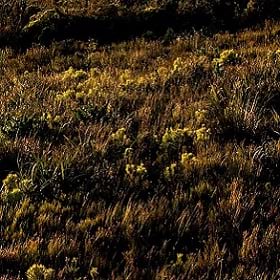
It's becoming a win-win where these organizations are doing better by being stewards of the environment, and they're also seeing the economic benefit of doing so.
Cross: What other factors are driving corporate leaders to focus on biodiversity?
Rohrs: There’s pressure from multiple fronts, including consumers, investors, industry groups, even regulators. They’re changing the conversation by encouraging organizations to act on biodiversity.
Millions of consumers are gravitating toward brands that use sustainable practices, and executives recognize the brand risk that comes with poor performance on biodiversity. Ratings agencies like S&P have started surveying companies about biodiversity practices—which could impact an organization’s credit rating and their borrowing costs.
Rohrs: Some early regulation, including one in the UK, mandates that certain infrastructure projects actually increase biodiversity by 10 percent.
Some governments have responded by providing location-specific information for businesses. For example, the Climate Mapping for Resilience and Adaptation site in the US provides local information about climate risk, which can be useful in assessing emerging threats to biodiversity.
Measuring Biodiversity
Cross: How do businesses begin to understand their impacts, and how can they make decisions that positively support biodiversity?
Rohrs: Before they can make business decisions, they need to understand their operational landscape—the location of the company’s assets, projects, land holdings, suppliers, and partners. A lot of organizations use geographic information system (GIS) software for that.
Once they map their operational landscape, they can layer in biodiversity data to see existing and potential impacts. Today’s GIS software provides access to that data, which has been validated by scientists and organizations like the UN. That provides the situational awareness executives need to make decisions about risks and opportunities related to biodiversity. Instead of having consultants create environmental impact statements for every parcel of land, companies we work with are doing a lot of this work in-house with GIS.
Turning Business Decisions into Math Problems
Cross: Can you share an example of a company that’s working on biodiversity? What’s motivating them, and what have they done?
Rohrs: We’ve worked closely with an energy company that has land holdings around the globe—a massive amount of data. They used GIS to calculate the total biomass of each land parcel so they could identify the highest and best use for each area—anything from continued operations to recreation to a nature-based solution for carbon sequestration.
They started by mapping all their land holdings, then cross-referenced every parcel with data on water capture, biomass above and below the ground, and other biodiversity indices like tree types and soil types.
The analysis basically turned their business decisions into math problems. GIS gave them quantifiable biodiversity metrics for each piece of land, and helped them see the best way to use each parcel.
Cross: On the other hand, companies that use natural resources in their products are thinking about biodiversity in other ways, I imagine.
Rohrs: Right. We talked to a pharmaceutical company that uses plants and other raw materials grown by suppliers. The suppliers own the land, but the pharma company wants to know the biodiversity scores in those areas to understand the health of those materials. GIS can be useful for delivering that kind of information.
What’s especially helpful is how the technology predicts future levels of biodiversity in specific locations, based on factors like climate change. That kind of insight helps companies plan long-term investments.
Getting Started
Cross: If a business hasn’t been thinking about biodiversity across its operational landscape, how would they get started?
Rohrs: One of the main things organizations should do is take an inventory—gather and centralize data on the company’s activity. That could include assets, project sites, real estate holdings, and areas where suppliers and partners are working.
Once a company has a basemap of the operational landscape, GIS analysts can add biodiversity-related data to it. That reveals whether a company is operating in sensitive areas, and executives can take action to either minimize impacts or focus on nature-positive solutions.
The companies we work with have been able to make smart business decisions once they see their biodiversity risks and opportunities mapped out clearly—as they exist today and as they may change over time.
